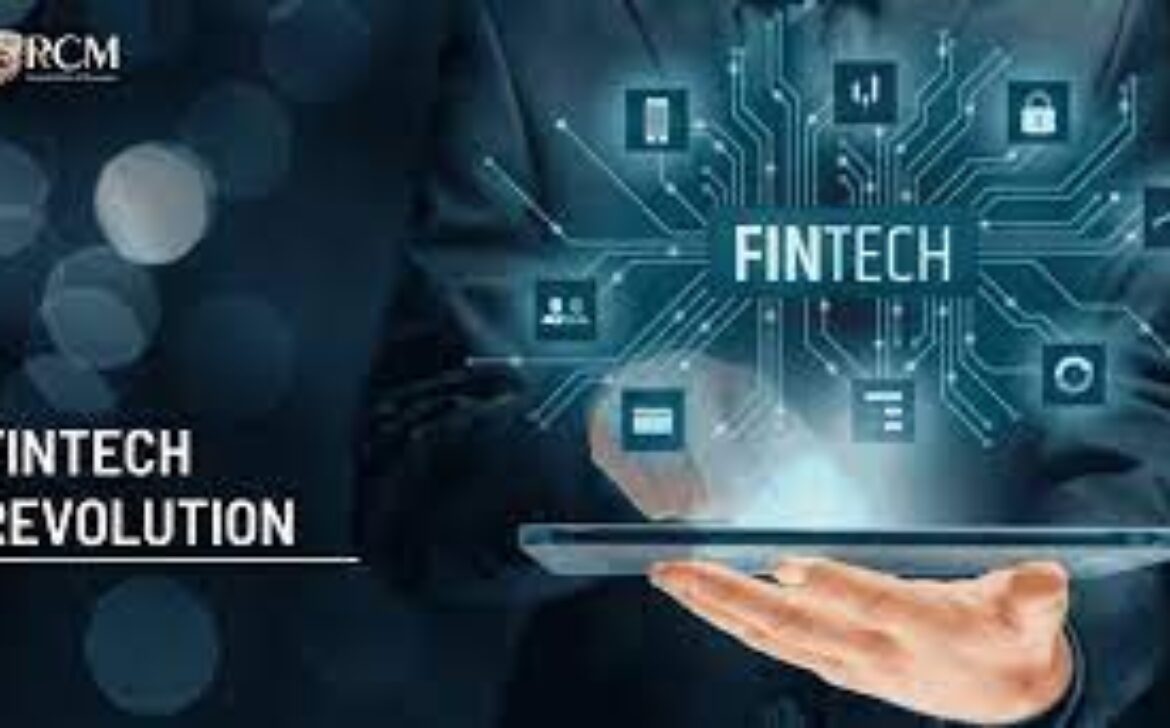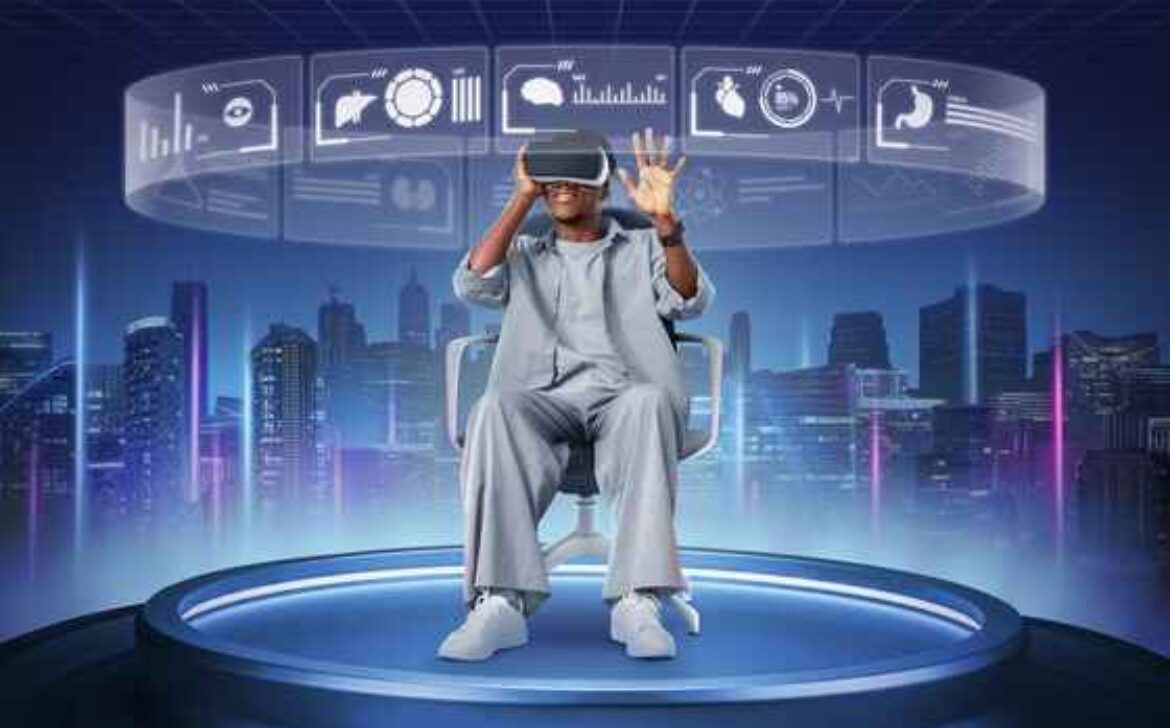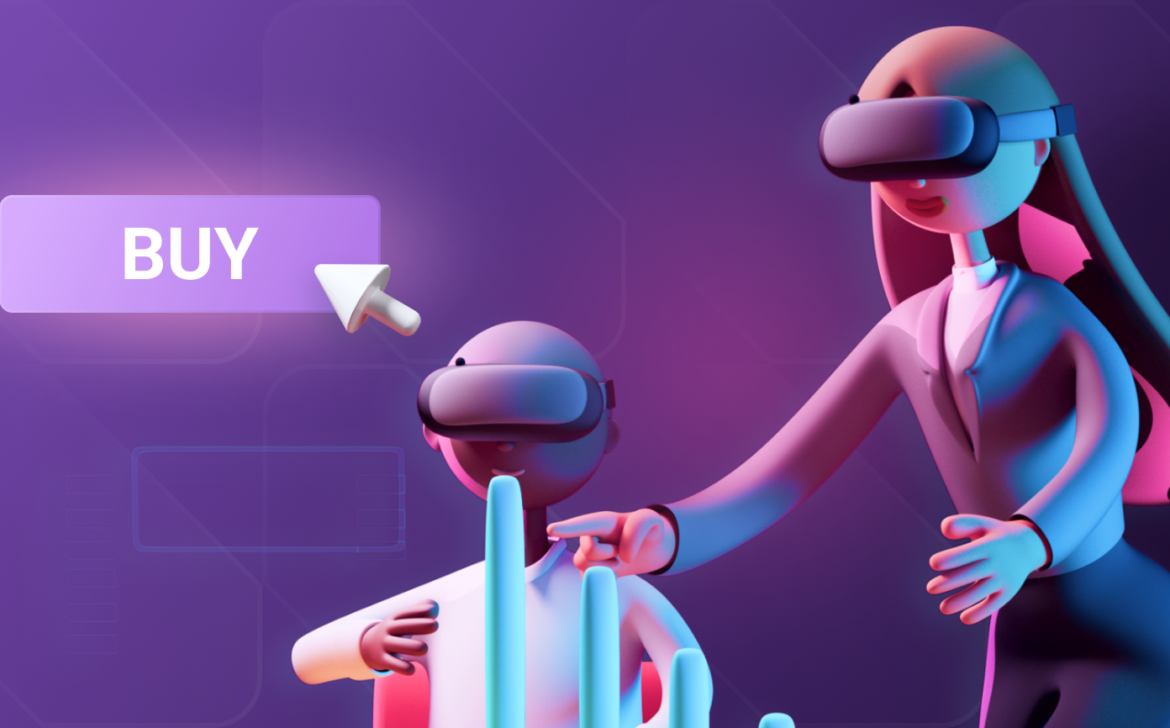Harnessing Innovation: Exploring the Advantages of Open-Source Software.
Introduction
In a digital era defined by rapid technological advancements, open-source software has emerged as a cornerstone of innovation, empowering individuals and organizations to tap into a world of collaborative development and boundless possibilities. This blog delves into the myriad advantages of utilizing open-source software, shedding light on its ability to drive innovation, promote flexibility, and revolutionize the way software is created and adopted.
- Collaboration and Community-Driven Development: Open-source software thrives on collaborative development, uniting global communities of developers, enthusiasts, and experts. This collaborative ecosystem fosters innovation, accelerates software enhancements, and ensures a continuous cycle of improvement.
- Cost Efficiency and Accessibility: One of the most compelling benefits of open-source software is its cost-effectiveness. The absence of licensing fees and the ability to freely access and modify the source code significantly reduce operational expenses, making powerful solutions accessible to organizations of all sizes.
- Flexibility and Customization: Open-source software offers unparalleled flexibility, allowing users to tailor applications to meet specific requirements. The ability to modify source code provides a level of customization that proprietary software often lacks, enabling organizations to adapt and innovate according to evolving needs.
- Security and Transparency: Open-source software’s transparent nature empowers users to scrutinize the code for security vulnerabilities and implement necessary fixes. The collective vigilance of the community enhances security, fostering trust and minimizing risks associated with hidden vulnerabilities.
- Rapid Innovation and Evolution: The open-source model fosters swift innovation cycles. Developers can build upon existing solutions, leading to accelerated software evolution and the rapid adoption of emerging technologies.
- Vendor Neutrality and Avoidance of Vendor Lock-In: By avoiding proprietary software vendor lock-in, organizations retain control over their technology infrastructure. Open-source solutions provide the freedom to switch providers or modify software as needed, reducing dependency on a single vendor.
- Longevity and Community Support: Open-source projects often enjoy vibrant communities committed to their success. This ensures ongoing support, updates, and improvements even if the original developers discontinue their involvement.
- Interoperability and Integration: Open-source software promotes interoperability, facilitating seamless integration with other systems and tools. This interconnectedness streamlines processes, enhances efficiency, and promotes a unified technological landscape.
- Education and Skill Development: Open-source software serves as a valuable educational resource, enabling aspiring developers to learn from codebases, contribute to projects, and refine their skills while participating in real-world software development.
- Ethical and Philosophical Alignment: For organizations that prioritize ethical considerations, open-source software aligns with principles of transparency, collaboration, and community empowerment, supporting their broader mission and values.
Conclusion
In a digital world that thrives on innovation and collaboration, open-source software stands as a beacon of progress. Its ability to drive innovation, reduce costs, promote customization, and foster a global community of creators has led to its widespread adoption across industries. By harnessing the power of open-source solutions, businesses and individuals can unlock a realm of possibilities, creating a future where innovation is democratized and technology is truly transformative.










